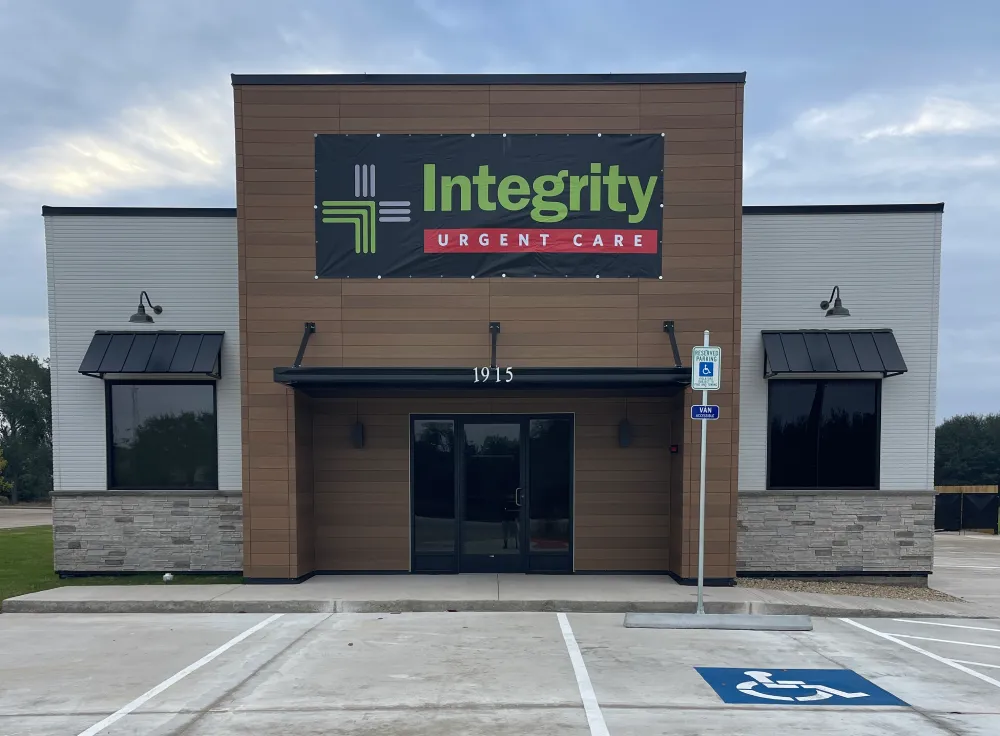Did you know skin cancer is the most common cancer in the United States? In fact, over 9,500 people in the U.S. are diagnosed with some form of skin cancer every day. That’s why prevention and early detection are essential.
May is Skin Cancer Awareness Month, so it’s the perfect time to examine the signs and importance of prevention and early detection.
What is skin cancer?
Skin cancer is the abnormal growth of skin cells. While there are several types of skin cancer, the most common are basal cell carcinoma, squamous cell carcinoma, and melanoma. All three are found on areas of the skin that are frequently exposed to the sun. Melanoma can spread quickly and is considered the most dangerous type of skin cancer.
How is skin cancer detected?
Skin cancer is highly treatable when detected early, so self-examination is critical. The American Academy of Dermatology recommends performing a skin self-exam each month. Follow these simple steps at home:
- In a well-lit room, face a full-length mirror. Note any freckles, moles, and discolorations on your body. Check both sides and under your arms, the tops of your hands, palms, and between your fingers.
- Use a hand-held mirror to examine the back of your body. Remember to check your legs, buttocks, toes, and soles of your feet.
- Use a hand mirror to inspect your scalp and neck.
- Download the American Academy of Dermatology Association’s body map to track moles and spots on your body and note any changes you observe. If you spot a mole that is different from the others, or bleeds, itches, or changes, schedule an appointment with a dermatologist.
What signs are you looking for?
The acronym ABCDE can help you know what to look for when doing a self-exam.
- A – Asymmetry: One side of the mole doesn’t match the other in shape, size, or color.
- B – Border: The edges of the mole are jagged, blurred, or irregular.
- C – Color: The color of the mole isn’t uniform and can include various shades of black, brown, blue, white, or red.
- D – Diameter: The mole is larger than a pencil eraser.
- E – Evolving: The mole has changed shape, size, or color.
Healthy moles stay almost the same over time, so if you notice changes or any of these signs, contact a dermatologist as soon as possible.
How can you prevent skin cancer?
Here are some proactive steps you can take to protect your skin and help prevent skin cancer:
- Wear sunscreen daily: Use a broad-spectrum sunscreen that protects against both UVA and UVB rays. Choose one with at least SPF 30 and apply even on cloudy days.
When you’re outside, reapply sunscreen every two hours – especially after sweating or swimming.
- Avoid direct sunlight: The hottest part of the day is 10 am to 4 pm, so limit time in the sun during these hours. To avoid sunburns, stay in the shade or use an umbrella if you must be outside during these hours.
- Wear protective clothing: Wear pants, a long-sleeved shirt, and a wide-brimmed hat to protect your skin from the sun’s harmful rays. Clothing made of UV-protective materials is also helpful.
- Take precautions with medications: Some medications can make your skin more sensitive to the sun, so read the labels and take the necessary precautions.
- Avoid tanning beds: Tanning beds emit UV radiation, which increases your risk of developing skin cancer.
Integrity Urgent Care Can Help
With summer almost here, protecting your skin from sun-related damage and decreasing your cancer risk is essential. Skin cancer is a serious disease with devastating consequences if left untreated – but prevention and early detection are valuable tools to help you fight it.
Integrity Urgent Care, part of the Xpress Wellness family, is a Texas-based walk-in clinic with over 15 convenient locations. Our team is dedicated to providing affordable, high-quality care for non-life-threatening illnesses and injuries. Find a location near you and check-in online or in person today.



